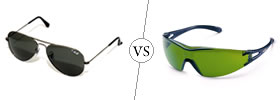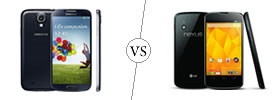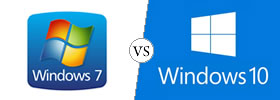Difference between PSD and PNG
Key difference: PSD is the default file extension for Photoshop files. PSD in fact stands for "Photoshop Document." PNG stands for Portable Network Graphics. It was created as an improved and non-patented replacement for Graphics Interchange Format (GIF).
 There are many different file formats available. Obviously, some are better used for some certain effects or reasons. But which is used for which? PSD and PNG are two such formats. As they are both image formats, they do have certain similarities. However, they do differ in the manner that they are stored and are used.
There are many different file formats available. Obviously, some are better used for some certain effects or reasons. But which is used for which? PSD and PNG are two such formats. As they are both image formats, they do have certain similarities. However, they do differ in the manner that they are stored and are used.
PSD is the default file extension for Photoshop files. PSD in fact stands for "Photoshop Document." A PSD file stores an image with support for most Photoshop imaging options, including layers with masks, color spaces, ICC profiles, CMYK Mode, transparency, text, alpha channels and spot colors, clipping paths, and duotone settings. Whereas other image formats, such as a JPG or a GIF only store the image and no other content with it. PSD can support a maximum height and width of 30,000 pixels and an overall file size of 2 GB.
However, as compared to other image file formats, a PSD file can be much bigger in size, due to all the other information stored on it in addition to the image. Furthermore, a PSD file works only with Adobe Photoshop and other related Adobe software programs, such Adobe Illustrator, Adobe InDesign, Adobe Premiere, Adobe After Effects, and Adobe GoLive.
Hence, a PSD file is usually used only while working on an image in Adobe as it can be stored with all the edits and layers. As long as the image is in the PSD format, changes can be made to the image and its layers. Once, the image is finalized it can be converted and stored in another format, such as JPEG, as it is a much more popular and usable format on many various platforms.
PNG, on the other hand, is a raster graphics file format, essentially a bitmap image. The term bitmap essentially means a map of bits or specifically a ‘spatially mapped array of bits’. The term bitmap is rooted in computer programming terminology. A bitmap images uses different colored pixels, which are arranged in a manner to display an image. Examples of bitmap images include .png, .psd, .jpg, .gif, .tif, or .bmp.
PNG stands for Portable Network Graphics. It was created as an improved and non-patented replacement for Graphics Interchange Format (GIF). The PNG file format was published as an ISO/IEC standard in 2004. Hence, it is a generally and widely accepted format. A PNG file uses a file extension of .png or .PNG.
 The PNG format was designed specifically for transferring images on the Internet. PNG supports palette-based images of 24-bit RGB or 32-bit RGBA colors, grayscale images, and full-color non-palette-based RGB images. It does not however support non-RGB color spaces such as CMYK. Hence it cannot be effectively used for professional-quality print graphics.
The PNG format was designed specifically for transferring images on the Internet. PNG supports palette-based images of 24-bit RGB or 32-bit RGBA colors, grayscale images, and full-color non-palette-based RGB images. It does not however support non-RGB color spaces such as CMYK. Hence it cannot be effectively used for professional-quality print graphics.
Unlike some other file formats, such as JPEG, PNG is a lossless data compression. This means that all the data on the image is stored when the image is compressed, i.e. there is no change in resolution. However, this also means that a same image will end up taking more data space as a PNG file than say a JPEG image. The PNG file would still take up less space than a PSD file, as a PSD contains more data as compared to a PNG file.
Furthermore, PNG supports image transparency, whereas many other types of formats do not. Transparency in image allows an image to be moved or copied onto any other background image.
Image Courtesy: iconfinder.com, iconarchive.com









Add new comment